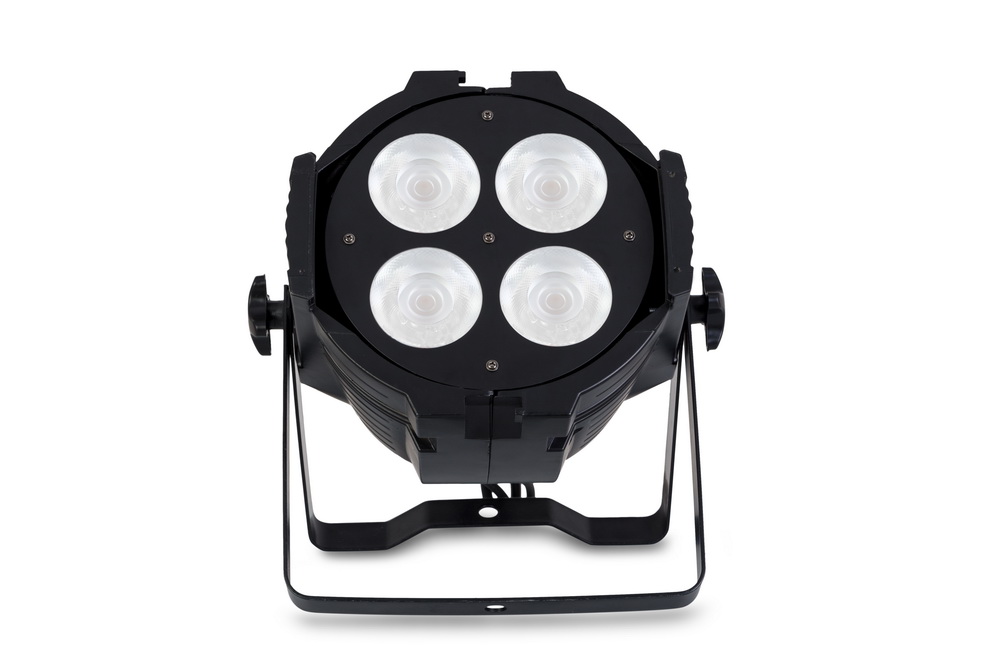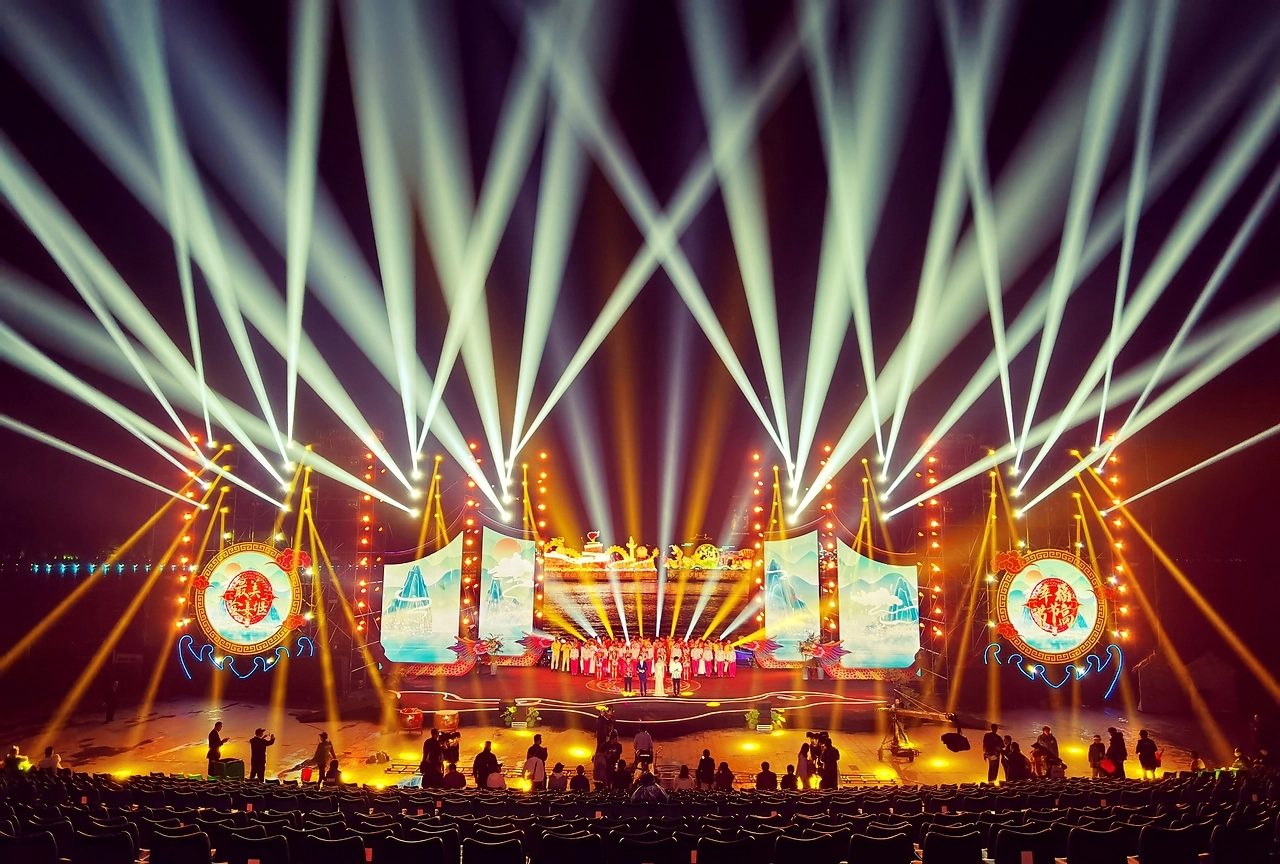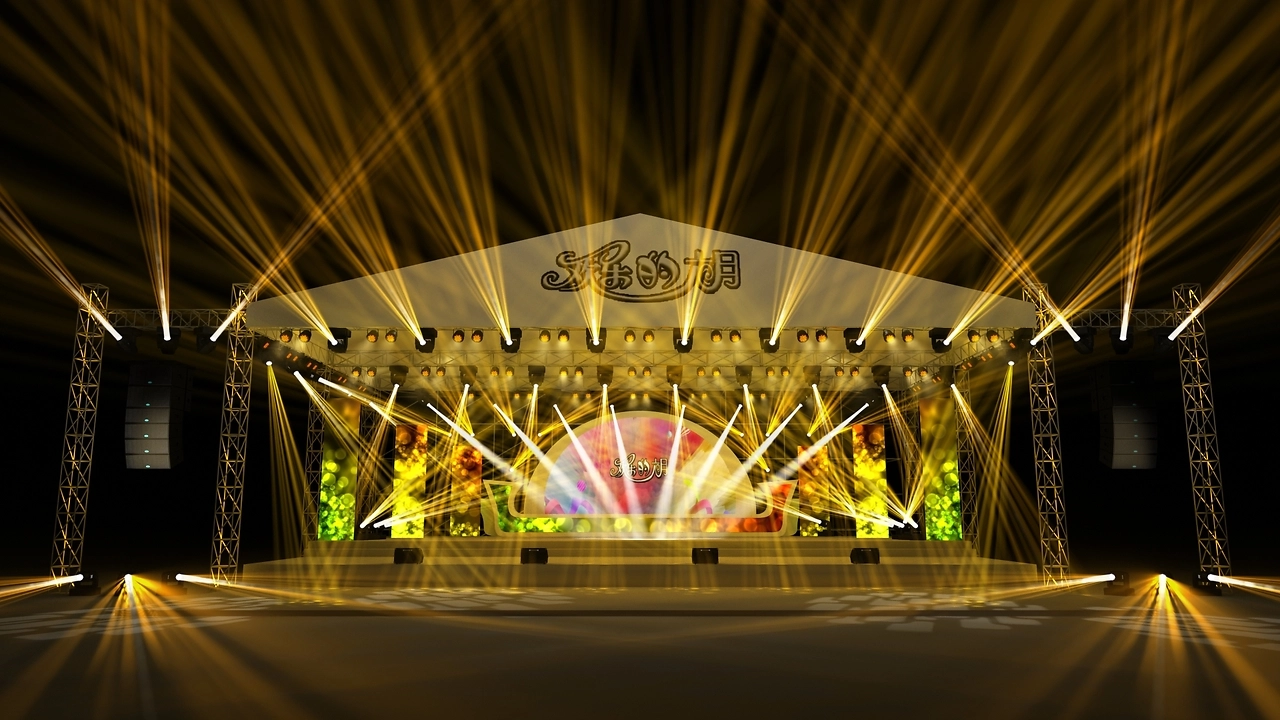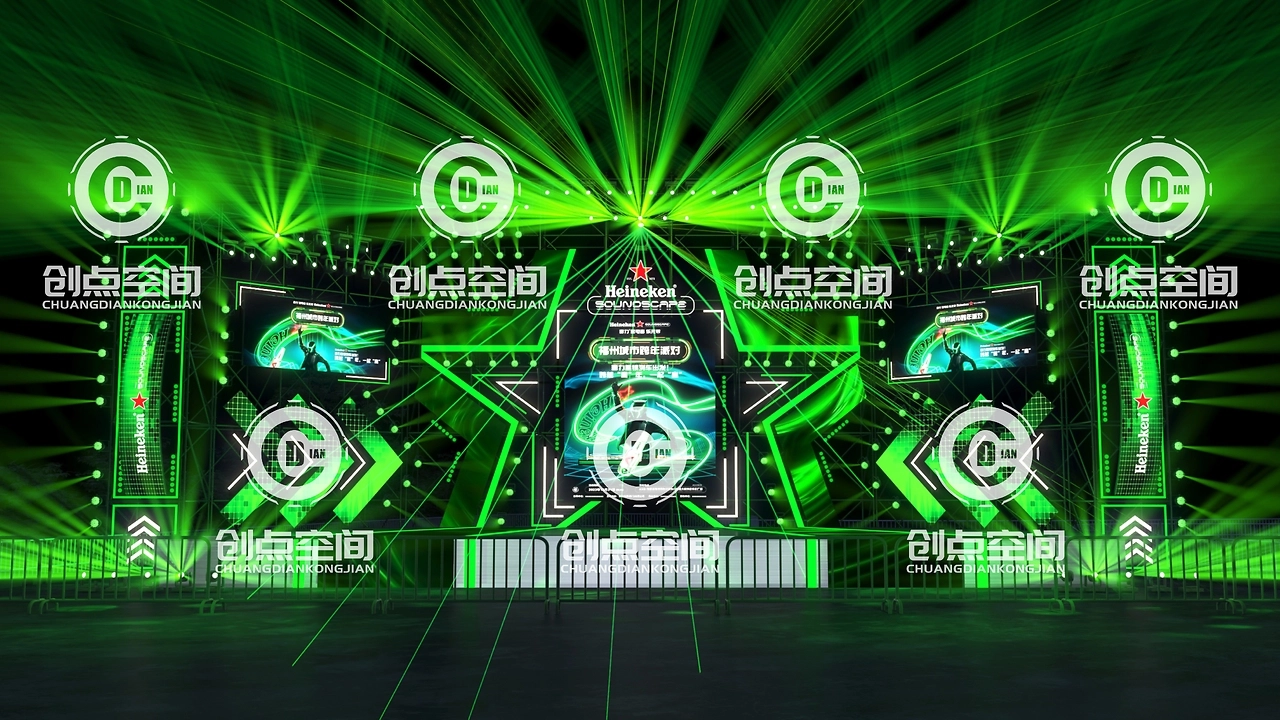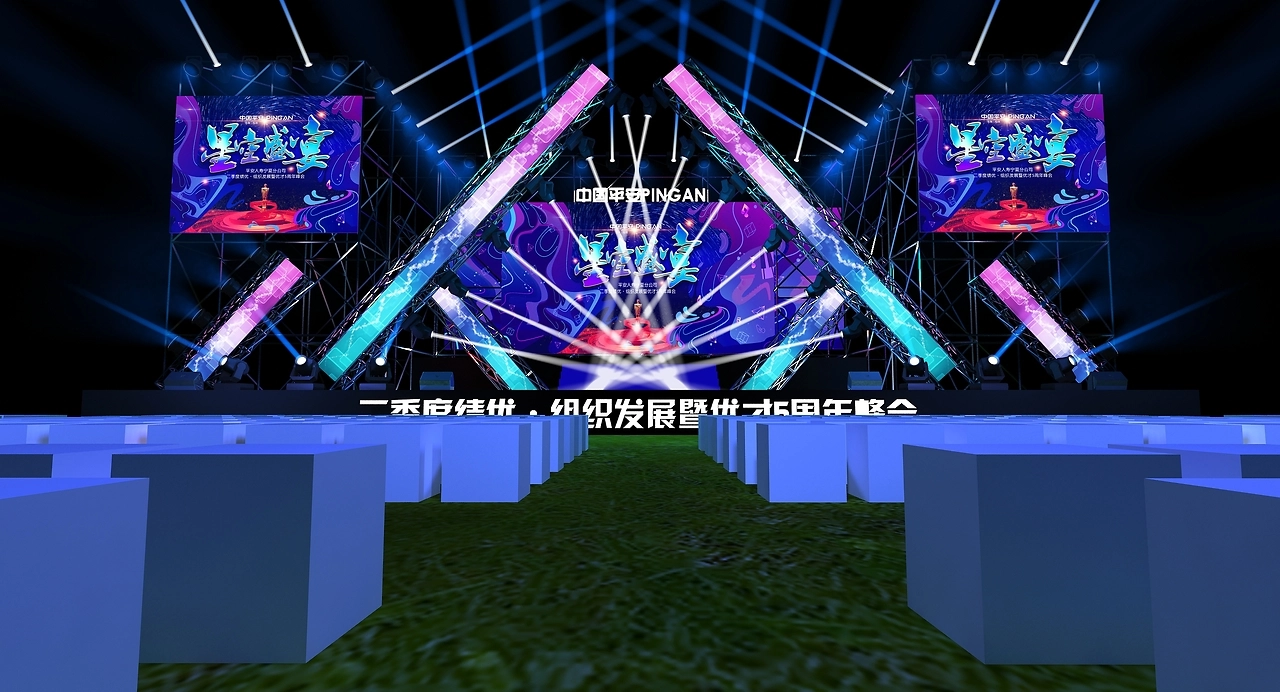Dynamic Light: The Revolutionary Role of Moving Head Lights in DJ Performances
At the electronic music carnival, as the music rhythm reached its climax, several sharp beams of light above the stage suddenly cut through the darkness, spinning and sweeping wildly with the frequency of the drum beats, cutting the entire space into a futuristic geometric matrix - this is the visual magic that Moving Head Lights give to DJ performances. As one of the core equipment of modern stage lighting technology, the moving head light has become a bridge connecting music and vision with its flexible mechanical movement, rich color changes, and precise dynamic control. This article will delve into the technical characteristics of moving head lights, their application logic in DJ scenarios, and how they reshape the immersive experience of electronic music performances.
---
1. Moving Head Light: An Engineering Miracle of Dynamic Lighting
1. Mechanical Structure and Working Principle
The core of a moving head light lies in its "mobility". Through the built-in stepper motor and precision gear system, the lamp can achieve horizontal (Pan) 360 degree rotation and vertical (Tilt) 180 degree pitch motion, and some high-end models even support multi axis linkage. This degree of freedom allows the light to instantly cover any corner of the stage, creating a "light dance" effect with high-speed movement.
2. Technological breakthroughs in optical systems
Modern moving head lights typically integrate multiple optical modules:
-Beam: Narrow angle output high-intensity light column, suitable for creating highly penetrating laser like effects.
-Spot: Built in rotatable pattern wheel and prism, capable of projecting geometric shapes, textures, or customized logos.
-Wash: Wide angle soft light covering a large area, supporting smooth color gradients and blending.
3. Control Protocol and Intelligence
Moving head lights often receive commands through the DMX512 protocol or Art Net network protocol, allowing lighting technicians or DJs to program in real-time. Some devices support Sound to Light mode, which can automatically analyze the music spectrum and generate dynamic lighting effects, greatly reducing the operating threshold.
---
2. Application Strategy of Moving Head Lights in DJ Scenes
1. Rhythm synchronization: Let the light "play" the music
In strong rhythm music such as Dubstep or Techno, the shaking head light can be accurately linked to BPM (beats per minute). For example:
-High frequency Hi Hat sound corresponds to the rapid flicker of the beam lamp;
-When dropping heavy bass, multiple lights synchronously dive downwards to simulate the visual effect of "sound wave impact";
-Using prism rotation and color mutation to enhance transitions or tonal segments in music.
2. Space shaping: adaptability from clubs to music festivals
-* * Small Club * *: Use 2-4 compact moving head lights (such as Chauvet Intimidator Spot 355) to enhance the beam texture through mirror reflection or fog machine, avoiding overcrowding.
-Outdoor Music Festival: Equipped with high-power beam lights (such as Clay Paky Mythos) and laser systems, a kilometer level light curtain is constructed in the night sky, combined with stage LED screens to create a multi-dimensional visual impact.
3. Interactive Experience: Dialogue between Light and Crowd
-* * Automatic tracking technology * *: By using infrared cameras or UWB positioning, the lights can automatically follow the movements of the DJ or the front row dancers.
-* * Audience Control * *: With the help of a mobile app, viewers are allowed to vote for lighting colors or sports modes, enhancing their sense of participation.
**4. Classic Case Analysis**
-* * Martin Garrix's "Laser Rain" * *: At the 2022 Ultra Music Festival, his team used 48 tilting headlights in combination with the fountain device to make the light beam pour out of the air like a rainstorm, forming an audio-visual synaesthesia with the track Rain of the same name.
-Deadmau5's Cube Stage: The shaking head light is embedded in a giant LED cube frame, simulating the "disassembly" and "reassembly" of the cube through programmed motion, echoing its cyberpunk aesthetics.
---
III. Technical Challenges and Solutions
1. Thermal Management and Stability
Long term operation of high brightness LEDs or discharge bulbs can easily cause overheating, leading to light decay or equipment downtime. The solution includes:
-Adopting a forced air cooling system for heat dissipation;
-Intelligent temperature control chip automatically adjusts power;
-Set the "cooling interval" programming to automatically reduce brightness during music transitions.
2. Dynamic accuracy and delay
Positioning deviation may occur during rapid movement, especially in wireless control scenarios. Response measures:
-Select high-precision stepper motors and closed-loop feedback systems;
-Use low latency wireless protocols such as LumenRadio CRMX;
-Pre calibrate the site coordinates and establish a 3D motion model.
3. Energy consumption and cost optimization
-Replacing traditional discharge bulbs with LED light sources reduces power consumption by over 60%;
-Popularization of rental mode: Music festival organizers can rent high-end equipment as needed, reducing fixed investment.
---
4. Future Trends: Intelligence and Cross border Integration
1. AI automatic programming
Machine learning algorithms can analyze the rhythm, emotion, and style of a music library and automatically generate matching lighting scenes. For example, when AI recognizes the ethereal melody of Trance music, it automatically triggers a slow rotating cool tone gradient effect.
2. Metaverse linkage
In virtual concerts, the motion data of the moving head light can be mapped in real-time to virtual characters or digital scenes. For example, when real-life lights sweep across the audience, particle effects in the virtual world explode synchronously.
3. Environmental Innovation
-The solar power supply system provides green energy for outdoor performances;
-Biodegradable materials are used to manufacture lamp housings, reducing electronic waste.
4. Holographic integration
The combination of shaking head light and holographic projection allows the beam of light to "penetrate" the virtual image. For example, when the light passes over a holographic singer, it automatically adjusts the angle to avoid wearing the mask, creating a more realistic mixed reality experience.
Conclusion: Light, as the soul carrier of electronic music
Moving head lights have long surpassed simple lighting tools and become an indispensable medium of expression in electronic music culture. It transforms intangible sound waves into tangible sculptures of light with dynamic responses precise to milliseconds, building a wild and poetic bridge between DJs and audiences. As renowned lighting designer Steven Lieberman once said, "In the best performances, lighting is not the background, but another 'DJ' - it takes over your senses with visual rhythms, completely immersing you in the vortex of music and light." With the continuous evolution of technology, future moving head lights will redefine what 'immersive carnival' means in smarter and more disruptive forms.
